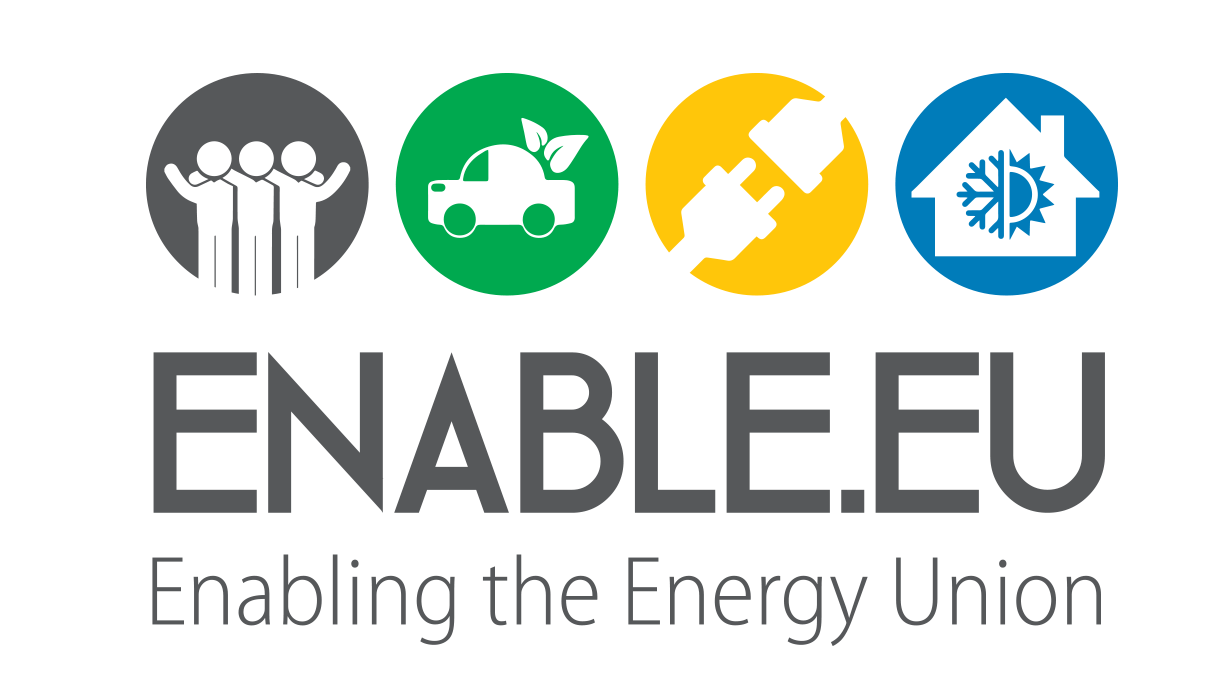 Changing habits is never easy, and this goes not only for individuals but also for governments. Long-term objectives are often eclipsed by short-term considerations, and disruption can be uncomfortable, painful and expensive. Transitioning to cleaner energy will entail a sea change in deeply entrenched attitudes, practices and systems. So how can we get all of the actors in a given context – from the energy industry to local governments and consumer associations – to work together to make this shift happen?
Changing habits is never easy, and this goes not only for individuals but also for governments. Long-term objectives are often eclipsed by short-term considerations, and disruption can be uncomfortable, painful and expensive. Transitioning to cleaner energy will entail a sea change in deeply entrenched attitudes, practices and systems. So how can we get all of the actors in a given context – from the energy industry to local governments and consumer associations – to work together to make this shift happen?
There are no one-size-fits-all solutions that can be applied to every country, in any context. However, an essential element in all cases is the commitment of present and future governments to long-term energy goals. The biggest obstacle to this commitment is the potential loss of public support, which is why any transition needs to engage a well-informed, proactive citizenry. Clarity and consistency is key to maintaining people’s trust and motivation, both in terms of communication and in policy implementation. For example, if a government introduces subsidies or incentives for renewable energy, the eligibility for these incentives needs to be clearly communicated and must remain consistent, so that individuals and businesses are economically and psychologically motivated to make these shifts. People also need to feel invested in the success of these goals – to have a say in how policies are designed and implemented. By giving people a voice and making sure that the decision-making process is transparent and fair, governments can go a long way towards ensuring the long-term success of energy transitions.
Read the report on governance barriers
